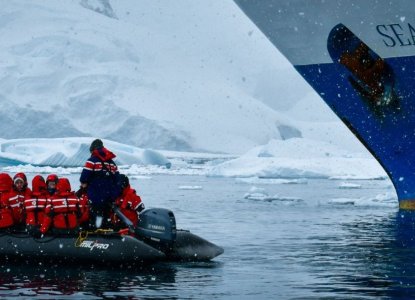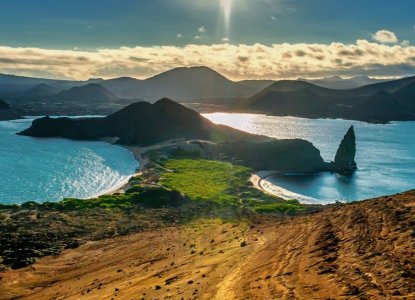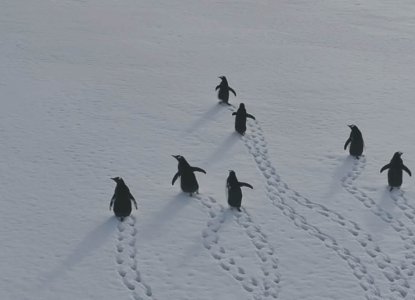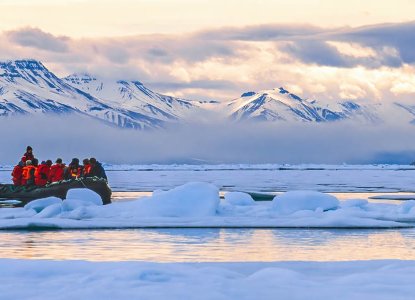What's Included in an Antarctic Expedition Cruise Fare?
An Antarctic expedition cruise is the best way to have a completely immersive experience in the Polar regions. Antarctic expeditions are small ship cruises that help you make the most of your time off the ship, with twice-daily opportunities to enjoy thrilling zodiac rides, shore landings, or even t
Read More







